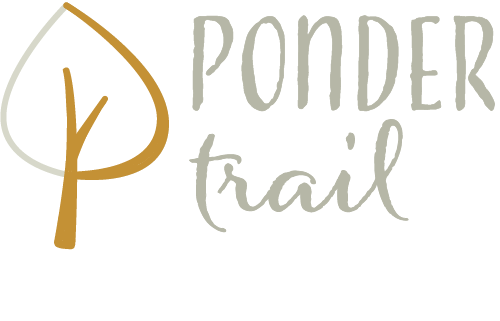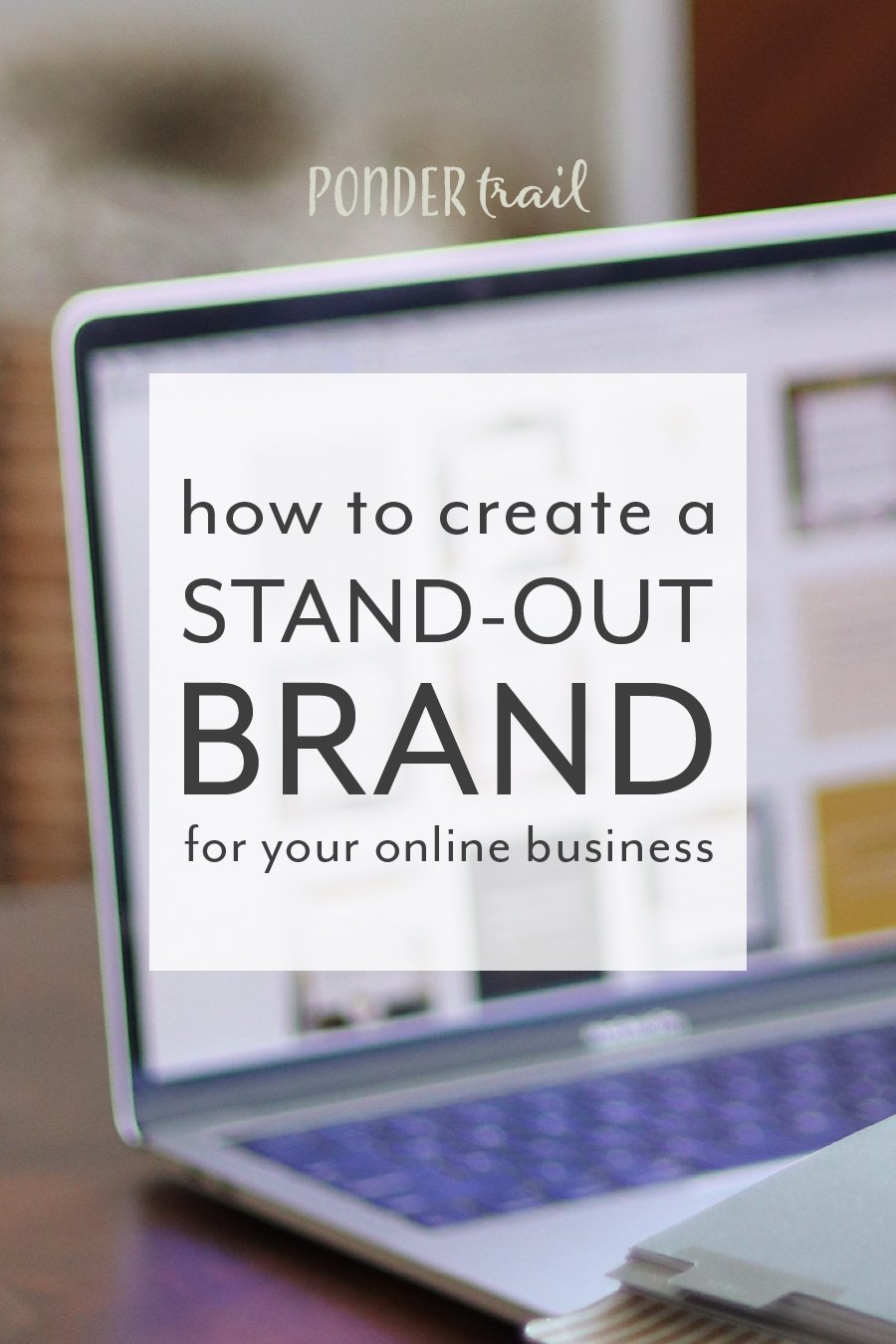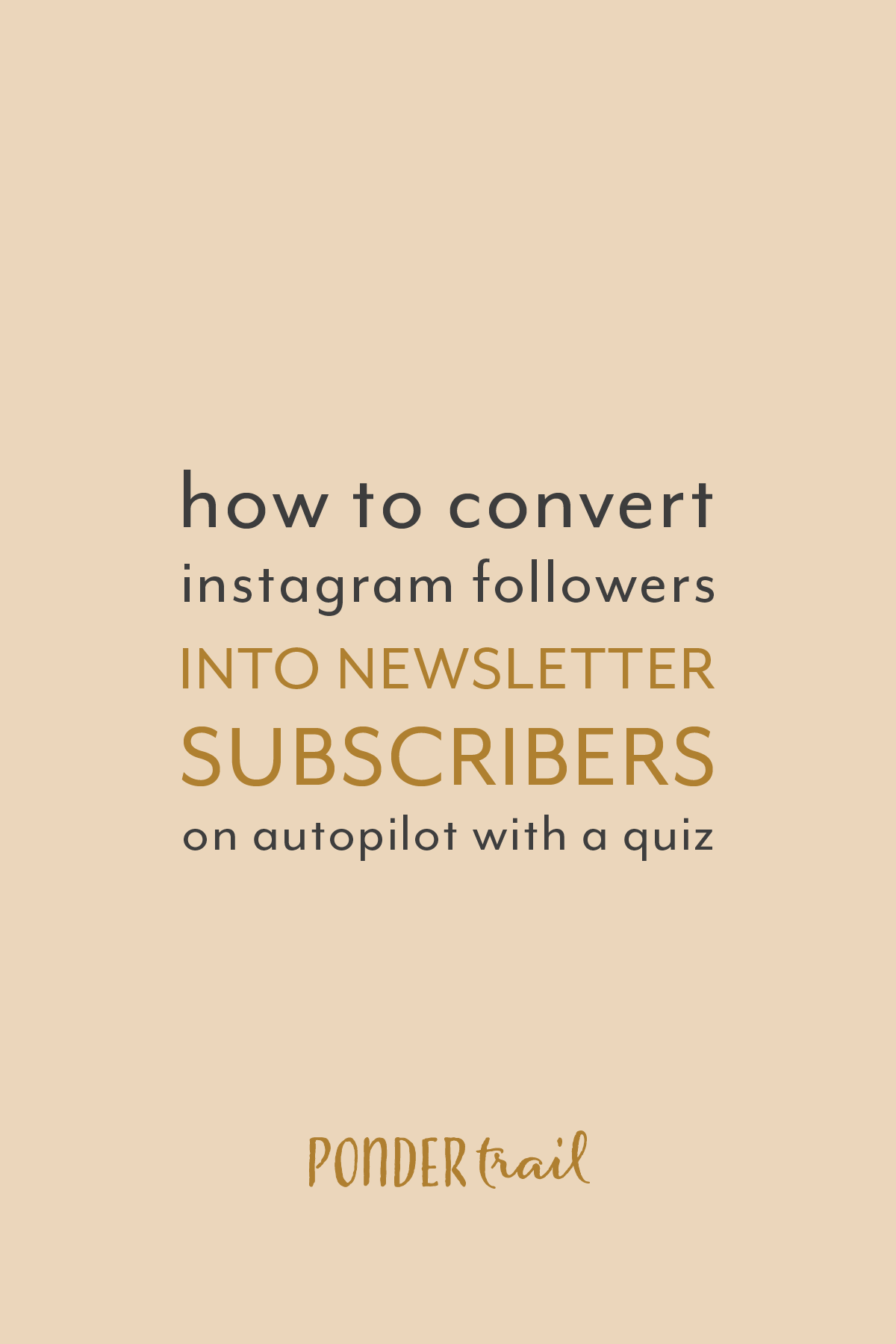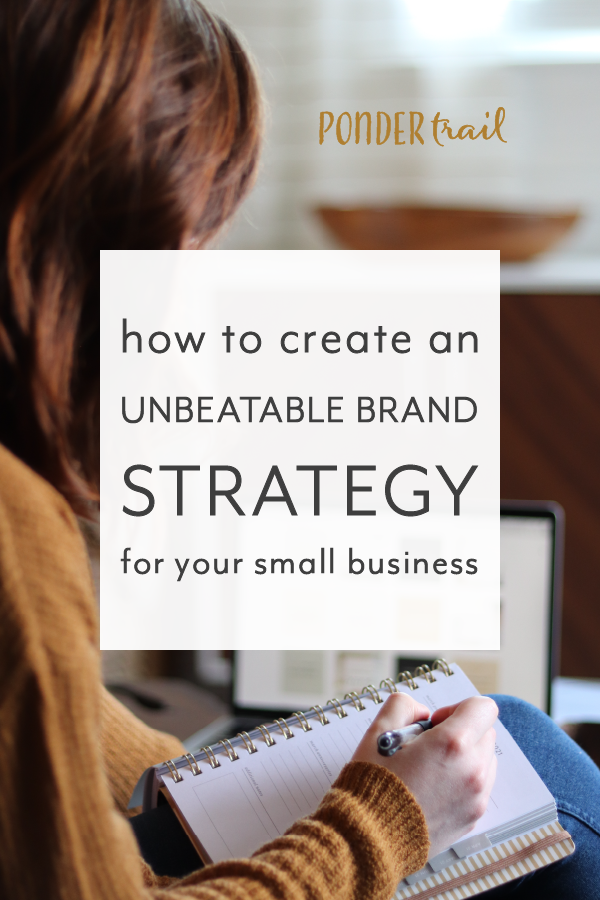7 Essential Pages Every Website Needs (and the Strategies behind Them)
Blog Pod Audio // Listen to the Post
It’s no secret that every business in 2018 needs a website.
It’s the best place to build your online presence because you own and control your website.
. . . And because you won’t have to worry about changes to algorithms on social media.
While the possibilities are endless for designing and setting up your brand’s website, there are 7 pages in particular that are critical for a successful site.
Keep reading to learn how you can implement these essential pages on your business’s website.
The importance of utilizing strategic pages.
Why are the design and function of your website’s pages so significant?
You only have a few critical moments to capture the interest and attention of a newcomer on your website. In fact, it takes an average of 7 seconds for someone to decide whether or not to stick around.
Viewers will stay or leave depending on what they see, so the content on every page is important.
Each page of your website should have a clear and specific goal or “call-to-action” (CTA) to point your audience towards the next step you want them to take.
Your pages should also embody your brand’s overall aesthetic to tie your business together in an intentional and professional way.
To maximize your website’s effectiveness, be sure it speaks to your clearly defined customer and client. Otherwise, you’ll miss the opportunity to connect with your audience on a deep level.
1 // Home or Start Here
Your homepage is an ideal place to include links to other pages so viewers can explore your business further.
Create a homepage that highlights or overviews the main features of your business and guides your audience towards a main call to action.
Avoid making your homepage too jam-packed because too many options can overwhelm viewers and turn them away. Instead, keep it simple and succinct with a strategic and well planned layout and flow.
Example:
Instead of making an overview-based page, you can create a homepage that puts the focus on one main call to action. For example, you could create a page that directs your audience to sign up for your newsletter, read your blog, or view your services.
Consider your brand and your goals, and think about the path you want viewers to take through your website. Then, determine the best method to use for your homepage to guide them along that course of action.
2 // About
The main goal of your About page is to draw your audience even deeper into your brand. So while it might sound counterintuitive, build your About page around your ideal customer or client.
Why?
Because you need an About page that your audience wants to read.
Instead of listing your favorite random 25 facts about yourself, tell them more about you and your business by connecting with them and engaging their interests.
Give your audience a reason to stick around and read through it by giving them some real value. Relate to their struggles. Give them a glimpse of the solutions your business offers. Show them the amazing elements your brand. Tell them what’s unique and beneficial about what you do.
Don’t be shy about including details about yourself; people love seeing the real person behind the brand. Get creative: add a personal touch by sharing the story behind your business, showcase your favorite features about your business, give a glimpse behind the scenes.
An enjoyable page will encourage people to continue exploring the rest of your website, too. So create your About section with your customers and clients in mind, and cater to their interests.
By the end of your About page, your readers should be a little more invested in and drawn into your business. Consider what you want your audience to take away from reading your About page and what action you want them to take next. Build your page to reflect those objectives.
3 // Storefront or Offerings Overview
If you’re selling something, you’ll of course want to include them on your website.
But instead of diving right into a page full of products or nitty gritty details of your service or course, create an overview page for your storefront or offerings, too. And point people there first.
Giving your audience an overview of your products or services is a great way to give a little introduction to what your business sells. With a summary-based page, you can highlight the important and signature features of your offerings without overwhelming readers.
Think of ways to briefly introduce the paid components of your business, and be sure to touch on how they are valuable to your customer or client. Build their interest so they want to learn more. And make it easy for them to do so.
Include the main points, and use language that showcases the quality of your products or services and resonates with potential customers and clients.
It’ll help them get more excited without feeling bombarded by big “BUY NOW” buttons.
As opposed to a more structured storefront or detail-filled page, you can get more creative with the ways you present your offerings.
Take advantage of the extra freedom you have with the way you format and design your overview page. Only needing a few details gives you the option to have a more compelling and unique page.
4 // Contact
A page where people can get in contact with you is an essential part of any website.
Make yourself available for questions, comments, inquiries, etc. to create a quality user experience for your audience and to build trust.
If you use Squarespace for your website platform, you can easily create a form that lets people send you a message directly from your site. This makes it easier for your audience to get in touch with you—rather than simply listing your email address or phone number.
While you can create contact forms on any page or blog post in Squarespace, it’s important to have a page specifically for contacting you. This way, you can link to your contact page and include it in your top navigation or in your footer so it’s easy to find and access. It’s a great way to show that you are available for your customers and clients, and it makes your website more user-friendly.
If you receive a lot of messages about similar questions, consider writing an FAQ section on your contact page to cut down on the number of repetitive responses you need to write.
5 // Newsletter
An email list is an essential part of growing an engaged audience and a profitable business. Make it easy for your audience to subscribe by creating a page dedicated to it.
Show your audience why they want to sign up for your newsletter list:
Outline the benefits of joining your newsletter.
Include details about what content they can expect and how often they will hear from you.
Write a blurb outlining your anti-spam policy to put your audience at ease.
You can even include a previous newsletter on your page as an example of the benefits and content they will get and won’t want to miss out on.
Create a simple form so they can sign up in just a moment or two. It’s usually best to just ask for a name and email—instead of a subject, message, and so on. Otherwise, you might deter people because of the few extra steps.
Squarespace makes creating this particular sign-up easy with their Newsletter Block. It’s the same across all pages so you only have to design it once. It’s yet another great way you can save time by using Squarespace!
Pro Tip: A newsletter is a great opportunity for providing more value to your audience. Avoid spamming your subscribers continually with your products and services, and instead point them to your offerings in a tasteful way after giving them lots of free, helpful content.
6 // Blog
Even if it’s not standard for your industry, a blog is an amazing tool every business should consider utilizing.
Your audience is more likely to keep tabs on your brand if you have a blog or podcast that regularly brings new value—rather than a website that only has stagnant pages. And your brand is less likely to be forgotten.
Even though writing is hard work, the benefits are worth every paragraph. For example, the SEO (search engine optimization) of your website is increased with a blog because of the content and number of keywords you create.
But this page of you website doesn’t have to be a blog. You could get creative with a podcast or with video content instead.
No matter the form of content you decide to create, build consistency around your page with a posting routine: even if you can’t create a new post every day or each week, create and stick to a schedule for how often you publish a post.
Blogs (or podcasts) with a strong niched focus are more likely to grow a dedicated following because every post (or episode) will relate to their readers. So stick to a small handful of topics that interest your audience.
Committing to posting about specific categories also creates consistency and helps your readers know what kind of content the will find on your blog. So if they enjoyed one post, they’re likely to come back for more.
When you stick to topics that your business embraces, it builds brand recognition, too.
7 // Legal
Privacy policies are required in most states and countries. Check your region’s requirements to be sure your website is complying with the law.
Your legal page is where you state your copyright information and other important details that users need to know and agree to. If your website collects personal information, let your audience know how it’s collected and how it’s used. It puts users at ease, builds trust, and helps to cover you legally.
You can use a generic template and plug your business information into it. Or you can get creative and list your website policies in a succinct and appealing way. The second option takes more work, but it’s more user-friendly and won’t be too intimidating to read.
I hope you found this post helpful! What pages do you have on your website? Which are the most important for your business? I would love to hear your thoughts in the comments below!
P.S. If you’re looking to level-up your brand and website, you can take a look at my design service here.

















